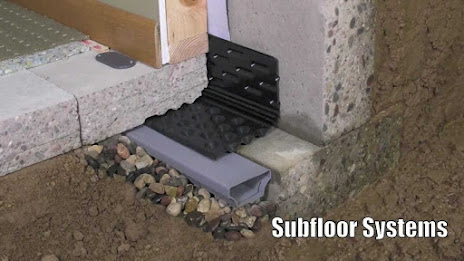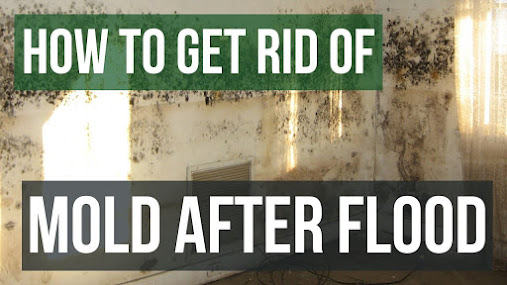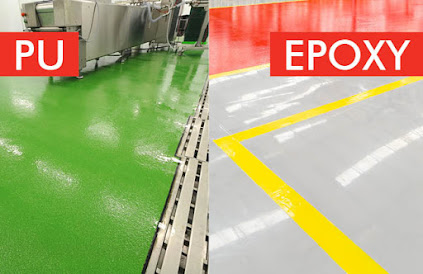Learn About the Common Types of Admixtures for Concrete
Pouring fresh concrete is a time-sensitive scheme, and unanticipated obstructions can make important problems. With the application of admixtures, you can have more control over your concrete. Concrete admixture manufacturers can return amounts of concrete that might require to be refused due to delays or extra developments. They can develop the performance of obstacle concrete by altering its characteristics and enhancing workability.
Admixtures
are increasing to a concrete mix that can improve control of the set time and
other characters of fresh construction material manufacturers. Common admixtures append accelerating admixtures,
retarding admixtures, fly ash, air-entraining admixtures, and water-reducing
admixtures.
WHY USE CONCRETE
ADMIXTURES
Admixtures are used for
one objective: to raise some characteristics of the concrete. This segment will
hold types of admixtures that can be used to render the following results:
- Defend against freeze-thaw cycles and improve
durability
- Water condensation in the mix
- Mid-range water reducers
- High-range water reducers superplasticizers
- High durability concrete
- Corrosion certainty
- Set speedup
- Strength improvement
- Set retardation
- Crack control (shrinkage reduction)
- Flowability
- Finish enhancement
- Fly ash: Making concrete stronger, more durable, and
easier to work with
- Silica fume: Early strength and reduced permeability
- Produce a fluid backfill, which flows easily and is
self-levelling
How Do Corrosion
Inhibitors Work?
Corrosion
inhibitors do two things. First, they extend the time before corrosion begins,
and second, they tend to reduce the amount of pollution.
They can be
either anodic, cathodic, or a combination. Some work to create a protective
barrier that stabilizes the layer of rust surrounding the steel; others provide
a thin protective coating that prevents chlorides from reacting with the steel.
Yet others offer inhibitors that react with the iron to form a protective film
or layer that either prevents chloride from reaching the steel or reduces the
corrosion of steel by acting as an oxygen barrier.
What is Thermal
Cracking?
Hydration of
cement is an exothermic process meaning it generates heat. As the concrete
cools, it contracts and, in extreme conditions, may contract in three days as
much due to cooling as it could in a year due to drying conditions.
A
temperature differential of 35o F within 1 ft is usually considered enough to
cause cracking. However, within 24-hours of placement, concrete temperatures
can reach anywhere from 20o to 50o F hotter than ambient temperatures.





Comments
Post a Comment